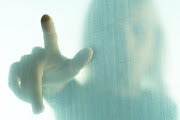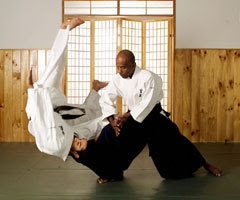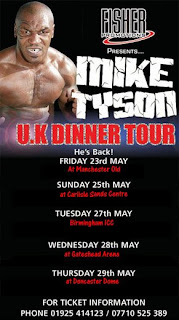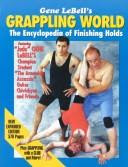 Yesterday was Tai Chi Thursday. We do a variety of Chi kung exercises to strengthen the breathing and chi flows, and then segue into the regular lesson. Last night was deep breathing using the whole lungs (upper, lower, and back). But I digress. The Magic Touch appeared during a trapping drill. One of the finishes to the standard two step trap was a devastating strike.
Yesterday was Tai Chi Thursday. We do a variety of Chi kung exercises to strengthen the breathing and chi flows, and then segue into the regular lesson. Last night was deep breathing using the whole lungs (upper, lower, and back). But I digress. The Magic Touch appeared during a trapping drill. One of the finishes to the standard two step trap was a devastating strike.It made me suspect that the "Five Point Palm Exploding Heart Technique" a la Kill Bill really exists. I am prohibited from posting any specifics (Guro Fred expressly told me: "this one does not go on your blog") . Suffice to say it was a heartstopper (literally).
I have heard tales of these things throughout my martial arts career. The true precedent in Chinese martial arts is Dim Mak, the "death touch". Basically, this is the antithesis of acupressure. Acupressure uses energy meridians to improve health and energy flow; Dim Mak uses the same points to disrupt energy flow and harm the victim.
George Dillman is notable for this but it seems to have a number of caveats that can make in ineffective. To me, it seems very much like what Televangelists do, since it works best on True Believers.
What do I think? The body is a hydroelectric system. Although resilient, it can be "shorted" like any other electrical system. This can be short term (knockout) or permanent (death). Mostly, this can be attributed to damage to the head/brain. However, it can be disrupted at the pump (heart) or a number of other key spots. I believe in Dim Mak. WHAT DO YOU THINK?
In any case, with great power comes great responsibility. That technique was intimidating to say the least. If you run into any of the techniques, BE VERY CAREFUL. You can permanently injure training partners or yourself if you do not have the right level of self-control. Make sure you have your instructor very close by when practicing anything even remotely related to Dim Mak.
Safety First!








